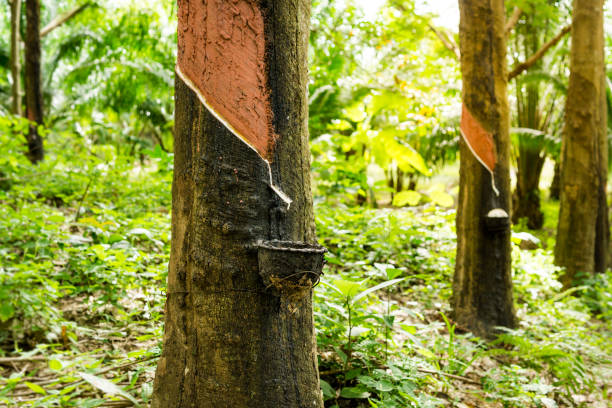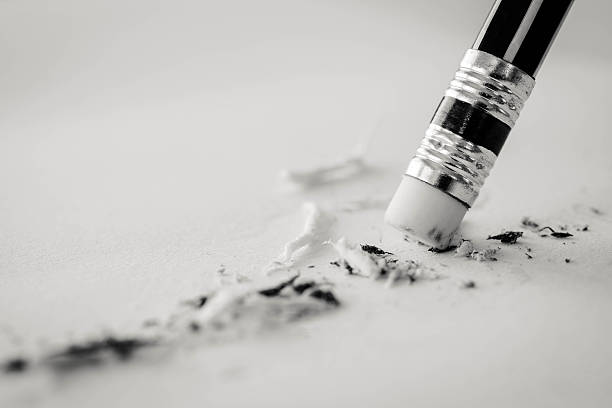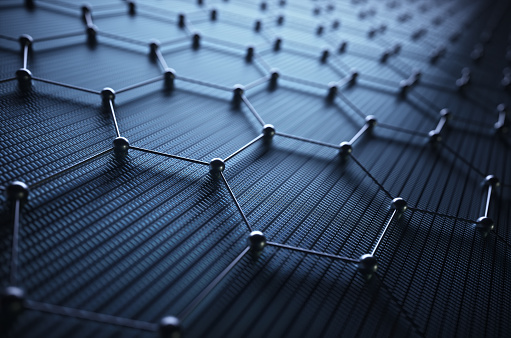The History of Rubber
Although I have recently been discussing the making and manufacturing of materials, the history of each is equally important. History gives a deeper understanding of the creation, formation, and evolution of each material we meet. This makes the material exciting and allows for innovative thinking to create further advancements based on past results. This specific blog post will be about rubber. Although often forgotten, rubber is almost everywhere. Used in clothes, cars, sports equipment, and daily household necessities, rubber may be found in every step you take. Indeed, nearly all shoes have rubber in their soles, and even flooring uses rubber.
Although rubber is currently synthetically produced. It was initially used in the Mesoamerica era as rubber balls used for entertainment. Rubber was first obtained in tropical plants such as the rubber tree sap. The latex would be vulcanized. Hence creating a usable material for daily use.
When Europeans discovered rubber, it brought forth much interest by the people, and artisans began to set their eyes on the new material. Although initially used to make flexible tubes, it soon became used for accessories. Europeans would stretch the substance and use it on garments and waterproof shoes and fabrics. This led to a massive appeal by the people, and the demand for rubber grew.
As demands for the material grew, production significantly increased. The Amazon, located in Brazil, became the greatest rubber trading destination. The city of Manaus, with a population of just 40,000 in the 19th century, became one of the largest trading cities in the world for rubber. This brought many individuals vast fortune, and it became customary to flaunt one’s wealth. As fortunes grew, locals began to worry about the safety of their lands and hired guards to make sure their wealth was secure. Most significantly, it should be brought to the attention that rubber trading great promoted slavery in South America. The growth in demand and supply of crops led to a considerable need for workers, and wealthy landowners saw native Americans as an easy fix to their problems.

Although rubber was a game-changer in many aspects of industrialization and manufacturing, it was still unreasonable to use due to the sense that it was easily affected by the weather. This can be seen in the sense that when hot, the rubber would melt, and when cool, it would become brittle, crack, and break. Hence a fantastic discovery by scientist Goodyear completely reshaped the view and uses of rubber, and even better, the discovery was made by complete accident. By dropping a mixture of rubber, lead, and sulfur on a hot stove, Goodyear discovered the process of vulcanization. Therefore, by examining the rubber after the mishap, he realized that the material could not be affected by the weather and would regain its previous shape whenever stretched to a length. This revolutionized the use of rubber, making it more manageable and overall usable. Furthermore, vulcanized rubber was resistant to electricity, water, and chemical reactions.
Modern rubber is no longer produced by sap but is now manufactured from materials such as crude oil. As World War II ravaged the world, the demand for rubber for both global trading and war materials enormously increased. The reserve of natural rubber that America had already had in stock was not enough for their needs. This led to drastic measures; President Rosevelt appointed a Rubber Survey Committee in the fall of 1942. The committee was made of financiers and scientists, one such scientist being president of MIT, Karl T. Compton. The team quickly came to the decision that a director of rubber should be created who would have complete control of the production and supply of rubber. Furthermore, they decided that 51 new synthetic rubber plants should be produced.
Rubber revolutionized many aspects of the world, but most importantly, it completely reinvented the wheel. Wheels before rubber were commonly made of wood or steel. This was less than ideal since neither material was suitable for rocky terrain; they were easily damageable. With the creation of rubber, wheels could last longer and give the driver a more pleasant experience. It should also be added that thanks to rubber, contraceptives became a lot more affordable and comfortable, helping to bring them popularity. Lastly, rubber is the main ingredient of the well-known and loved item, the eraser, found by accident when a scientist was rubbing the sap of the rubber tree on his pencil marking and realized that the sap helped erase the lines. Although at the time, rubber was very sticky and difficult to manage, now rubber can be found at the end of almost all erasers, giving rubber its name.

Overall, even though the material isn’t thought of quite often, it does play a significant role in our lives. Whether walking, writing, driving, or just playing sports, rubber is constantly around us and is used almost every day. Hence, its history is significant, and with the understanding of past discoveries such as vulcanization, scientists can build off the idea and create a better version of rubber.
Sources:
- Mongabay, A Brief History of Rubber: https://rainforests.mongabay.com/10rubber.htm
- American Chemical Society National Historic Chemical Landmarks. U.S. Synthetic Rubber Program: http://www.acs.org/content/acs/en/education/whatischemistry/landmarks/syntheticrubber.html (accessed Month Day, Year).
- Gizmodo, Why Rubber Rules: A Short History of the World’s Favorite Stretchy Substance: https://gizmodo.com/why-rubber-rules-a-short-history-of-the-worlds-favorit-5883049
- Industrial Rubber Goods, A Brief History of Rubber: http://www.industrialrubbergoods.com/brief-history-of-rubber.html
